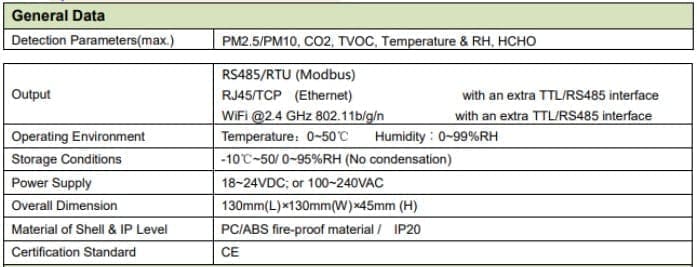

Recent studies have shown the effect of manganese on the development of neurological disorders among welders (Flynn and Susi, 2009). Particles smaller than 1 µm are produced by welding which can easily penetrate pulmonary alveoli (Antonini et al., 2009 Berlinger et al., 2011). Welders are the largest working group exposed to manganese. There is little information on non-pulmonary effects of welding fumes, especially their neurocognitive effects (Antonini et al., 2012).

Most studies on welding fumes have focused on their respiratory effects and reported airway cells stimulation, reduced pulmonary function, asthma, bronchitis, pneumoconiosis, or lung cancer (Antonini, 2003). The American Conference of Governmental Industrial Hygienists (ACGIH) has reported the recommended time-weighted average (TLV-TWA) to be 5 mg/m 3 and 0.02 mg/m 3 for fumes and manganese, respectively (ACGIH, 2017). According to statistics, there are 500,000 full-time welders in the United States (Mehrifar et al., 2018) and 5.5 million welding-related jobs in Europe (Amza et al., 2013). Welding fumes have the greatest health hazard compared with other harmful factors (gases, noise, heat, and UV) (Mulyana et al., 2016 Rahmani et al., 2016). Welding is the process of joining metallic components by heating up to the proper temperature with or without a filler metal (Karimi Zeverdegani et al., 2017). The results of this study can confirm the effect of manganese inhalation on creating neurobehavioral and neurocognitive impairments in welders. There were statistical moderate and strong correlations between the frequency of neurobehavioral symptoms and manganese concentrations in the BZ (r=0.504) and blood Mn levels (r=0.643).The Pearson correlation coefficient (r=0.433-0.690) obtained on the psychological tests showed a moderate to strong correlation between manganese concentrations in the welders' BZ and blood and some indices of the Stroop test and CPT. Spearman correlation test showed a moderate correlation between Mn concentrations in the BZ and blood Mn levels (r s = 0.352). Frequency of neurobehavioral symptoms was significantly higher in welders compared with control group. Average concentration of manganese in the welders' BZ and blood was 0.81 ± 0.21 mg/m 3 and 18.33 ± 5.84 µg/l. Sampling and analysis of manganese fumes in the BZ and blood samples were performed according to NIOSH-7300 and NIOSH-8005 methods, respectively. The computerized Stroop test and Continuous Performance Test (CPT) were used to assess neurocognitive functions. Q16 questionnaire was used to evaluate neurobehavioral symptoms. In this study 38 welders and 27 administrative employees participated. Taken together, our results suggest that various rooms in the home exhibit distinct MP abundances and bacterial structures that may be affected by age, cleanliness, and human activities.This study aimed to measure concentrations of manganese fume in breathing zone (BZ) and blood among welders to assess neurocognitive and neurobehavioral functions among them. The abundances of polyamide (PA), polyurethane (PU), and polyethylene (PE) showed positive correlations with the relative abundances of major bacterial phyla. Furthermore, a significant correlation between MP concentration and bacterial community structure was observed. In addition, the homes of elderly families (age 68–81 years) showed higher bacterial concentrations than those of young families (age 28–35 years), indicating that age markedly affects the structure of household microbiota. The abundance and composition of MPs are related to the duration of usage, human activities, goods, cleanliness, and the composition of occupants (family members) in households. We identified synthetic polymers (23,889 MP particles of 21 types) and bacterial communities (383 genera belong to 24 phyla) collected through atmospheric deposition in various rooms of 20 homes.

We investigated indoor airborne MPs and bacteria in five room types (bedroom, dining room, living room, bathroom, and study) based on the duration of usage of each room. Although several studies have examined indoor environmental MPs, none have yet compared atmospheric MP and bacterial deposition characteristics among rooms in homes. Humans may be exposed to microplastics (MPs) through food, drink, and air.


 0 kommentar(er)
0 kommentar(er)
